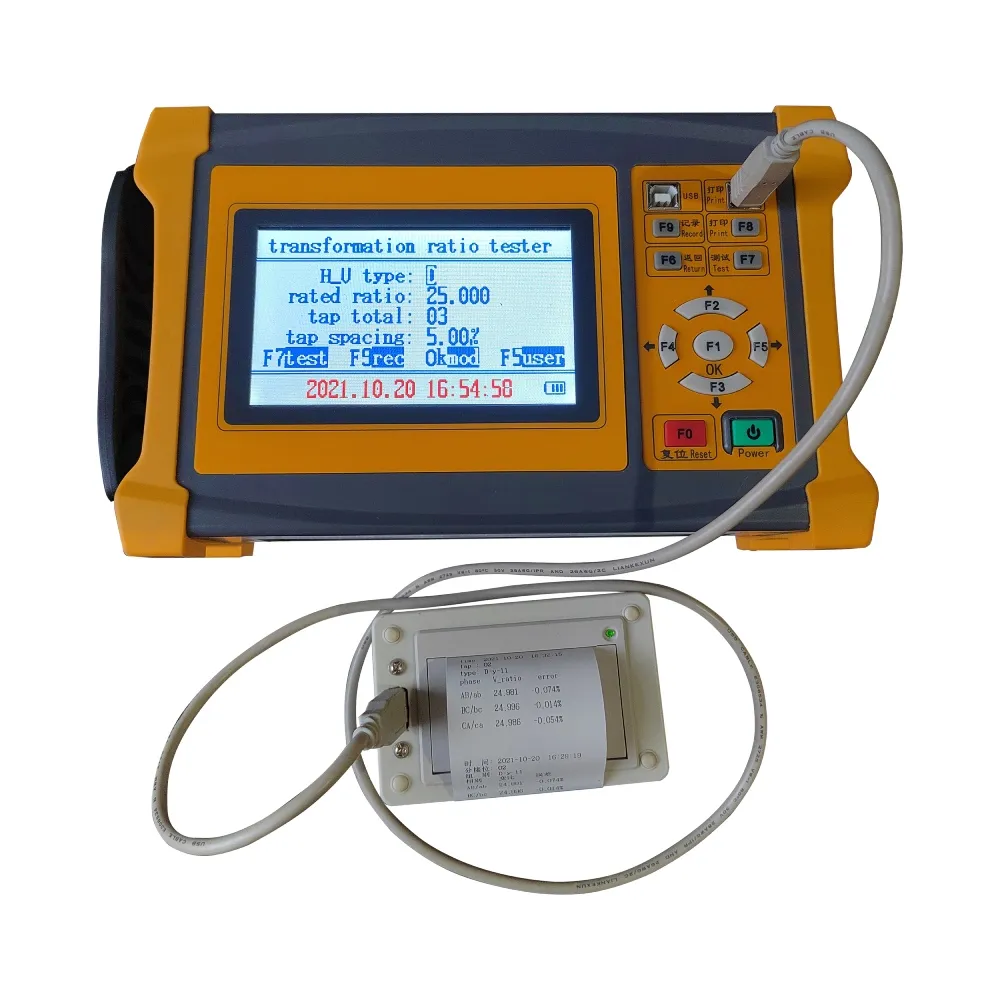 English
English


de energized tap changer
Understanding De-Energized Tap Changers
De-energized tap changers (DETCs) are vital components in electrical engineering, particularly in the management of transformers. These devices facilitate the adjustment of transformer voltage ratios while ensuring safety and reliability. Unlike traditional on-load tap changers (OLTCs), which can operate under load conditions, DETCs must be disconnected from the power system to perform their adjustments. This article will explore the operational principles, advantages, and applications of de-energized tap changers in modern electrical systems.
Operational Principles
The primary function of a DETC is to change the tap connections on a transformer without the influence of electrical voltage in the system. Typically, transformers have multiple taps along their windings, permitting the selection of various voltage levels. When the desired voltage is no longer appropriate due to load changes or system requirements, engineers will employ a DETC to configure the transformer to a more suitable tap.
The operation of a DETC involves mechanical switches or relay mechanisms that can change the tap settings manually or through automated systems, depending on the design. With no current flowing, these switches can operate without the concern of arcing or electrical noise, significantly reducing the risk of equipment damage and enhancing safety.
Advantages of De-Energized Tap Changers
DETCs present several advantages, making them an attractive choice for certain applications
de energized tap changer

1. Safety Because they operate without electrical load, DETCs greatly minimize risks associated with arcing and electrical shocks during the operation. This safety aspect is crucial for maintenance procedures and during scheduled inspections.
2. Simplicity The lack of complexity associated with managing live electrical connections allows for straightforward design and implementation. This simplicity can lead to reduced maintenance needs and enhance overall reliability.
3. Cost-Effectiveness While on-load tap changers may require more elaborate components to handle live operations, DETCs can be designed using more standard parts, which can translate into lower initial costs and reduced ongoing maintenance expenses.
4. Flexibility DETCs allow for more straightforward integration into systems where precise voltage management is needed. Their ability to be operated offline means that they can be used in applications where minimal disruption is crucial.
Applications
De-energized tap changers are predominantly used in distribution transformers, substations, and industrial power systems. They are particularly beneficial in scenarios involving seasonal load variations, where voltage adjustments are required during routine maintenance cycles or when changes in electrical demand occur.
In conclusion, de-energized tap changers play an essential role in managing transformer operations safely and efficiently. With their ability to adjust voltage settings without risking equipment or personnel safety, DETCs represent a valuable solution for many electrical infrastructure challenges. As the demand for reliable and flexible power systems continues to grow, the relevance of DETCs in modern electricity networks will undoubtedly increase.
-
Differences between open cup flash point tester and closed cup flash point testerNewsOct.31,2024
-
The Reliable Load Tap ChangerNewsOct.23,2024
-
The Essential Guide to Hipot TestersNewsOct.23,2024
-
The Digital Insulation TesterNewsOct.23,2024
-
The Best Earth Loop Impedance Tester for SaleNewsOct.23,2024
-
Tan Delta Tester--The Essential Tool for Electrical Insulation TestingNewsOct.23,2024





